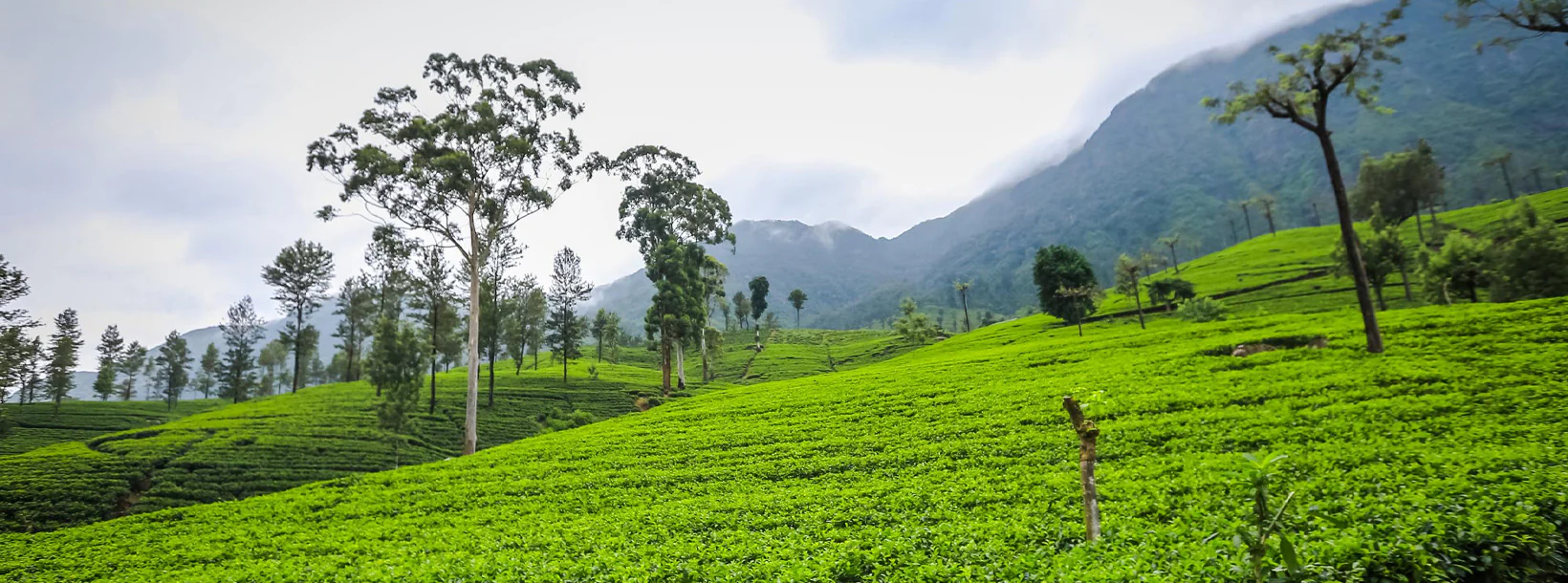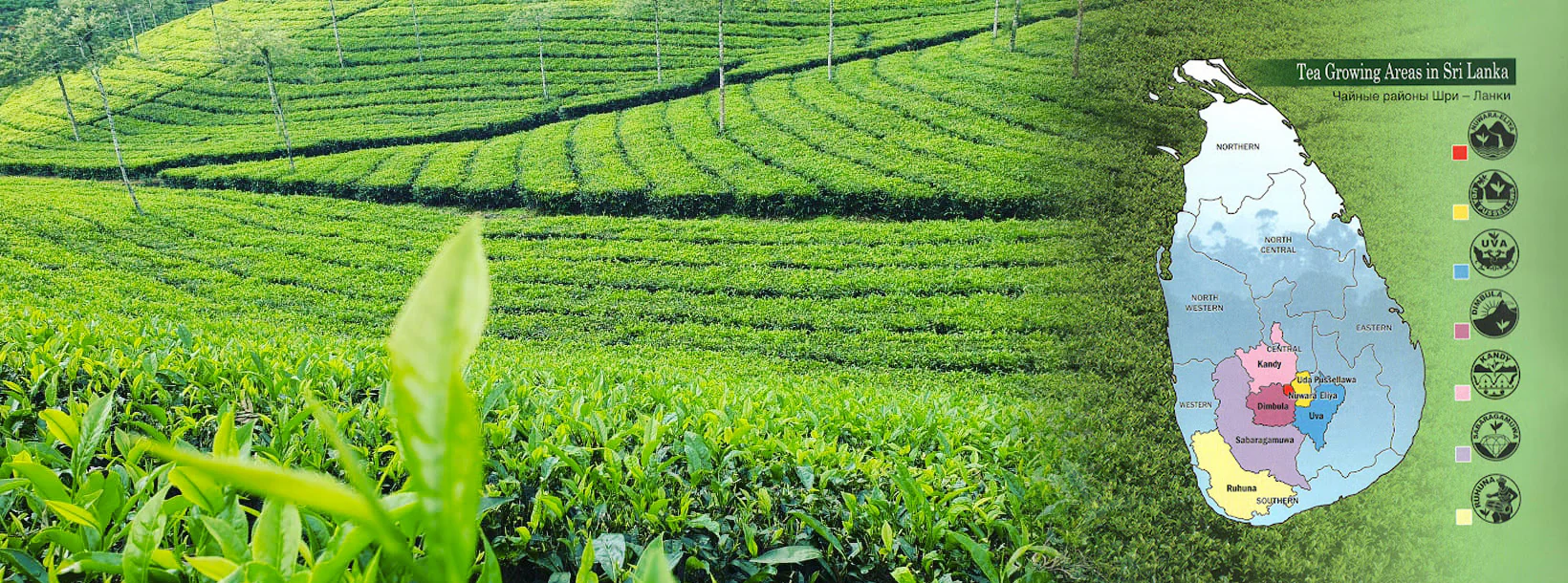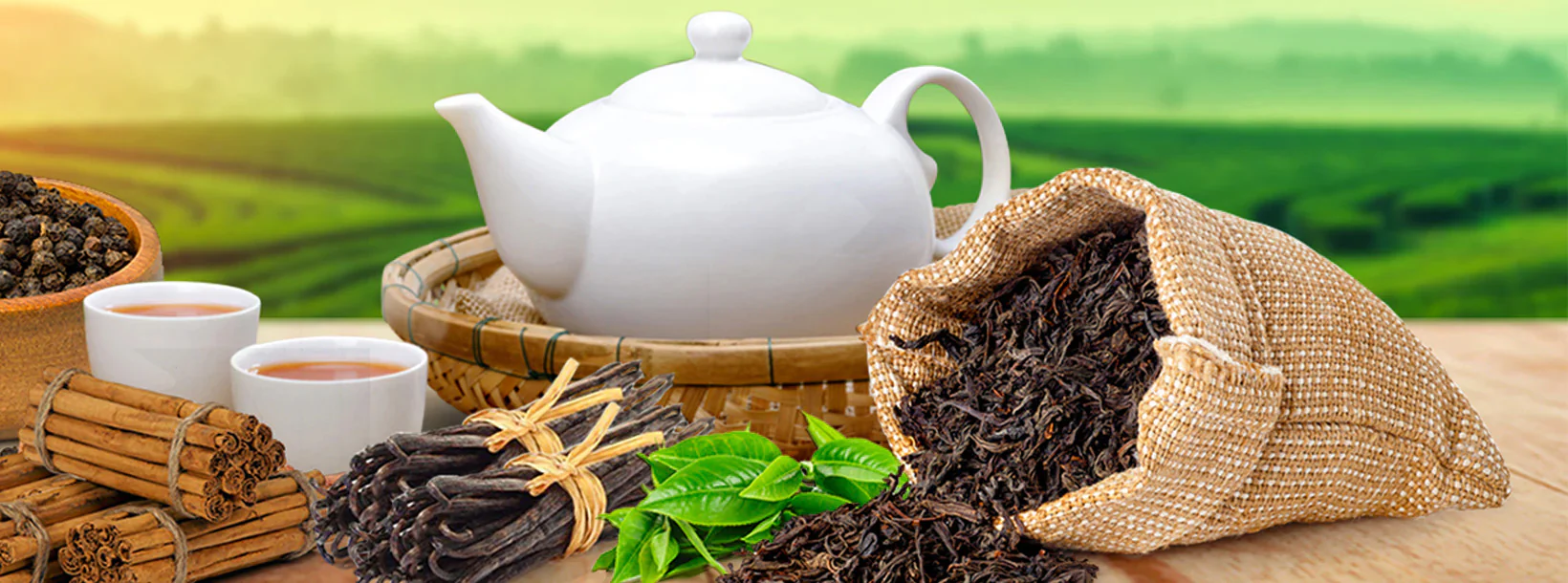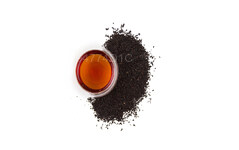
Tea Estates
Sri Lanka’s tea estates, primarily located in the central highlands, are renowned for producing some of the world’s finest tea. These lush plantations, such as those in Kandy, Nuwara Eliya, and Hatton, offer scenic landscapes and a rich history. The estates contribute significantly to the country’s economy, exporting high-quality Ceylon tea worldwide.

Ceylon Tea Regions
he brew in your cup has a story to tell. It speaks of rolling hills, abundant sunshine, and lush provinces.In Sri Lanka, the central and southern provinces produce most of its tea. Varying elevations and micro-climates influence the distinctive flavour, colour, aroma and seasonality of Ceylon tea.

Ceylon Black Tea Grades
Ceylon Tea as we now know comes in different varieties, which has flavors and aromas unique to itself. Along with the a variety of teas, there are varieties of grades that Ceylon tea has been separated into.
Kandy Tea
In 1867, James Taylor marked the birth of the tea industry in Ceylon by starting a tea plantation in Loolecondera estate in Kandy in 1867.
He began the tea plantation on an estate of just 19 acres (76,890 m2) in Kandy. In 1872 he started a fully equipped tea factory in the same Loolecondera estate and that year the first sale of Loolecondra tea.
This area factories produce a broad mix of different ‘Tea grades’ and they have different leaf-particle sizes.
They produce from whole-leaf tea grades to semi-broken grades. For example OP Black Tea, OPA, BOP, BOPF tea, and Green Tea. In addition, CTC-style teas are also producing in the Kandy area.
The leaf particle size affects the strength of the brew.
Kandy teas tend to produce a relatively bright infusion with a coppery tone. Therefore, they give lighter in the cup and good strength. But the strength is not as much as the lower-grown teas Sabaragamuwa and Ruhuna area.
In general, in the first quarter of the year, you will get the best quality of tea.
Further, The first quarter receives cool, dry weather across the district to produce the best tea.
Kandy region is described as ‘mid-grown’, tea area. The altitude of cultivation ranging between 2000 and 4000 feet sea level.
Kandy area located in the middle of the three districts in the Central Province (North of Nuwara Eliya, and south of Matale)






